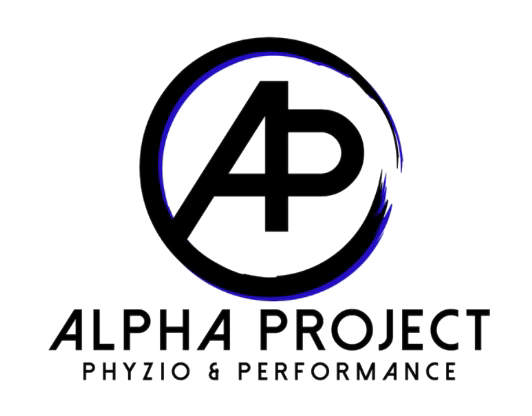Soreness Versus Pain: What’s the Difference?
We all experience soreness and pain in the body from time to time. Whether you’re new to an active lifestyle or work out regularly, one of the main signs of muscular change in the body is soreness and occasionally pain.
Knowing the difference between soreness and pain is particularly important in order to prevent injury in the body. Today we discuss being in pain vs being sore, the signs of each, what to do, and when to see a professional.
What Does Soreness Feel Like?
Muscle soreness feels different to every person, but there are some common signs of soreness across the board. Signs of soreness include stiffness, limited range of motion, fatigue, swelling in the muscle, and tenderness.
Signs of soreness
Muscle fatigue or tenderness
Muscle stiffness
Limited range of motion
Muscle swelling
Muscle cramps
How to Relieve Muscle Soreness
Of course, when you’re feeling sore, the only thing you can think about is how to get rid of it! Unfortunately, peak soreness hits at around 24-72 hours after the muscle-stressing event, so it is a bit of a waiting game.
There are three important things you can do to relieve muscle soreness and get yourself back to your normal activity level.
Rest
The best thing you can do for your body is to rest. If you’re sore from a progressive overload or intense strength training program, then you’ve successfully broken down your muscle fibers which have resulted in the soreness.
By giving the muscles ample rest time, they’ll be able to rebuild much more quickly than if you continue to exert them while sore, getting you back to your daily activity much faster.
Massage the sore area
A good, gentle self massage to the tender area can help soothe sore muscles. Massaging sore muscles can help decrease stiffness and increase muscular flexibility. Self-Myofascial Release (SMR) with a foam roller is also an effective massage technique for sore muscles.
While it might be uncomfortable at first, gentle pressure and stretching of the area can help relieve tension and soreness.
Take a Cold Bath or Shower
Bathing in cold water has a pain relieving effect from the cold sensation and from releasing pain relieving chemicals. So a cold shower immediately after a hard workout can help minimize soreness and feel better.
What Does Muscle Pain Feel Like?
Muscle pain is often confused with soreness, but the two are very distinct. Pain is a symptom of injury whereas soreness is a symptom of muscle growth.
Signs of pain
Sharp, stabbing feeling
Numbness or tingling
Sharp ache in muscles or joints
Might need medical help if symptoms do not improve after rest and discontinued activity
How to Relieve Body Pain
Pain is an indicator of injury and should be taken seriously to prevent further damage to the body. The most important thing you can do is to stop the activity that is causing the pain symptoms.
Three things you need to do to stop muscle pain are:
Stop Activity Immediately
Continued activity will only worsen the pain and possible injury. Stop any high intensity exercise, and cool down. If you’re in the middle of a workout class modify the exercise you’re doing or perform a completely different exercise instead pain causing exercise. Try to alleviate any pressure on the painful area.
Ice the Area
Next, you’ll want to immediately elevate and perform gentle movements to the painfull area. If the painful spot is on a lower limb, try sitting or laying down with the leg lifted above your heart. If the pain is coming from an upper extremity, lay down with your arm raised above your head.
Grab a lacrosse ball or foam roller and start to add in some gentle pressure to the area.
See a Medical Professional
If the pain is unbearable or persists for longer than three days, it’s time to see a professional. If you hear a pop or tear sound during exercise, you should contact your physical therapist as soon as possible. A medical doctor will be able to scan the area to determine if a break, strain, sprain, or tear has occurred.
For sprains, strains, and tears, a medical doctor may recommend you see a physical therapist to work through the injury.
When to See a Physical Therapy Professional
A licensed Maryland physical therapist can help you determine the root cause of the pain and develop a PT plan for recovery. Our friendly PT staff will work with you throughout your sports performance training to ensure you minimize soreness and pain while improving your athletic performance. Visit one of three clinic locations in Germantown, Frederick, or Columbia.

